Pricing your work is one of the hardest parts of being an artist. It can be hard to convince people to pay what your art is actually worth when mass-produced textiles can be found just about anywhere.
One of the most important things to keep in mind is that there will almost always be somebody that says that your prices are too high.
Maybe this is controversial, but – that person does not deserve your art.
With that in mind – do not be ridiculous either. It is easy to just make up inflated numbers that sound good, but you need some sort of backing for your numbers when you are trying to sell your work. Without this, lit will be hard to come up with numbers and be consistent. Buyers also might want to know what it is they are paying for – especially if they are commissioning work from you.
This page may contain affiliate links. If you purchase something through these links then I will receive a small commission – at no extra cost to you! Please read our DISCLAIMER for more info. Thanks for the support!
You weave hard for the money
If you are selling your artwork then it is a job.
You should not work for free!
Unfortunately, it is not uncommon to come across people that want to pay you in “exposure”.
Really?!?
If you have an Instagram then you have all the potential for exposure that you need.
You. Should. Get. Paid.
It is also important to note that you should not get underpaid. I will be going over some ways to decide what to charge for your woven artwork, but that does not mean that it is not possible to charge too little.
Not only is it important for you to get paid what you deserve, but also charging too little can harm other fiber artists. This is because it sets a bad precedent.
The fiber artists that are charging what their work is actually worth will be seen as overcharging to anyone looking to buy. This hurts them and it will eventually hurt you too.
It is in your best interest not to devalue weaving and fiber art.
If you read about what I wish I knew before I started weaving then you already know that fiber art is an undervalued art form already.
That being said, you can not just pick an exorbitant price and expect people to pay for it. Make sure you can back up your pricing with real numbers because price gauging can hurt too.
Deciding your hourly weaving rate
Deciding what to charge for your weavings is based on a few things.
The first of which is what you are going to charge as your hourly rate. I can not decide that rate for you, but establishing an hourly rate is one of the best things you can do to help you price your artwork. It is also the most subjective part of the pricing process.
I know that It is not always comfortable thinking about what your time is worth. Just keep in mind that you are not putting a price on what you are worth.
You should keep in mind your experience and the area you live in when you are determining your rate.
That is your starting point.
If you went to school to learn your craft then make sure you think about that. You get paid more for a degree for any other job, right? (At least you should.) People who are buying your artwork are also paying for your expertise. Even if you did not go to school (school is not for everyone!) keep in mind how long you have been weaving. That time is worth something too.
Other points to note about time: the time put into each piece is not just the time it took you to weave it. You should also take into account the time it takes you to research and develop your idea, set up your loom, finish your ends, and market your work or apply to shows. You should be getting paid for all of these as well because they are required steps in creating your weaving.
Once you know how much your time is worth you need to keep track of how long it takes you to make what you make. If you do not have a normal weaving schedule that you can refer to then you can make notes in your sketchbook or anywhere else when you start and stop working on your weaving.
Keep track of your weaving supplies
Do not forget that you have to pay yourself back for all that wonderfully expensive yarn that comprises your weavings.
I talked briefly about having a kitchen scale in your studio in my post about furnishing your weaving studio. Keeping track of how much yarn you use is where this really comes in handy.
You will also want to make sure you keep a yarn notebook with all of your yarn prices. Every time you purchase new yarn add it to your notebook so that you know how much to charge for it when you use it in a weaving. Doing this will make sure you do not have to try to remember pricing off the top of your head or go looking for it when you would rather be weaving. Make sure to read more about why you should have a yarn notebook here.
At the beginning of your project make sure to weigh your yarn cones, skeins, etc. Jot down the weight pre-weaving somewhere that you will remember it.
I like to make these notes in my sketchbook along with the initial drawings and research that goes with each new weaving.
Once you are finished with your weaving do not forget to re-weigh all of your yarn so you know how much you used.
To do this:
Divide the weight of your yarn by its price to get the price per ounce.
Then subtract the new weight from the initial weight to figure out just how much yarn you used.
Multiply the amount of yarn used by the price per ounce to determine the price of the amount of yarn you used.
Galleries take a commission
Not every gallery will take a commission, but most of them will.
When your work gets into any show you will probably have to sign or agree to a contract that states that the gallery or whoever is putting on the exhibit will obtain a percentage of the sale of the art if it sells while being exhibited.
Sometimes this percentage is as low as 20% and as high as 60% but both of these are pretty rare. I most often see galleries taking 40% commission for work sold. This may still seem like a lot. It is, but they are doing a lot of work for that 40%. They pay for the space, all of the advertising for the show, the staff that is working, and they handle the money so that you do not have to. They work hard for their money too.
The important factor here is that you do not lose that 40%, but instead you build it into the price of your artwork.
This is probably one of the biggest reasons that your work seems expensive to some people. What they do not understand is that purchasing your art sometimes benefits more than just the artist.
Dealing with the haters
No matter how much thought you put into your pricing and subsequently how many weavings you have sold. You will have haters.
There will always be someone that will say that your weavings are “too expensive.” They are not “worth that price.” They can “get the same thing cheaper elsewhere.” (Remember what I said before about undervaluing your work hurting others?)
Well, it may be hard to come to terms with this, but your weavings are not for them.
The right person that appreciates your work and your time will not be that person.
If you encounter these people and you are feeling generous, then you can present them with how you came to your price. Perhaps they will come around when they realize that your pricing reflects the work.
You also have the option of offering to do a commission for them at their price. Just make sure they know what they are getting for the price they are willing to pay.
The last option is to just move on and remember that the right buyer will come around.
Pricing your weaving does not have to be intimidating
If you are having trouble with pricing your weavings then you are not the only one. I avoided it for as long as I could, but eventually, I had to come up with the numbers.
I get it. This is not the fun part of being a weaver.
If you are making art that will never be sold then this does not matter, but if you want to send your weavings off into the world then it is a necessary evil. Also, if you are wanting to do commissions you need to be able to explain how you come up with your pricing. Think of it as offering an estimate or a receipt on work done.
Doing this not-so-fun part of the art process may even pay for the ability to make more art!
I know it can be intimidating, but if you follow this pricing model or any pricing model it will help make it easier. Guessing how much to sell your woven artwork for will not get you far. Use the equation above and you will be able to come up with a number confidently and quickly.
This way you can spend less time pricing and more time weaving.
⇣ Love It? Share It! ⇣
You May Also Like
















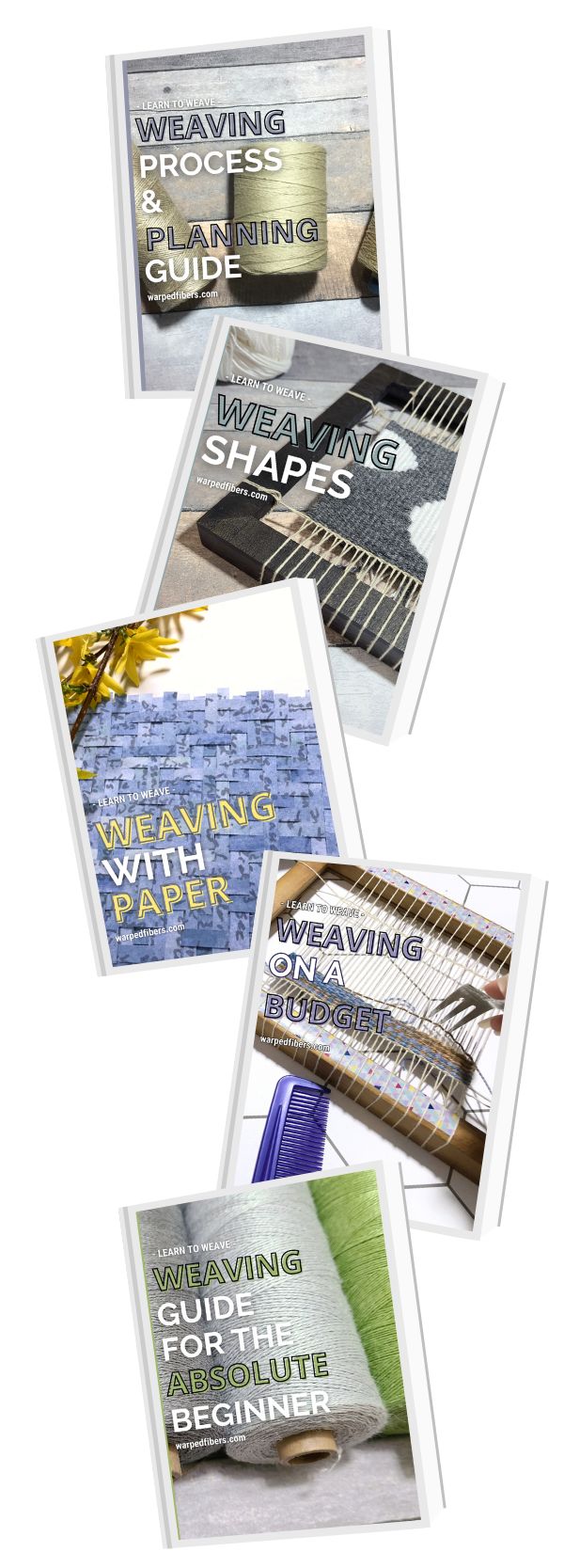
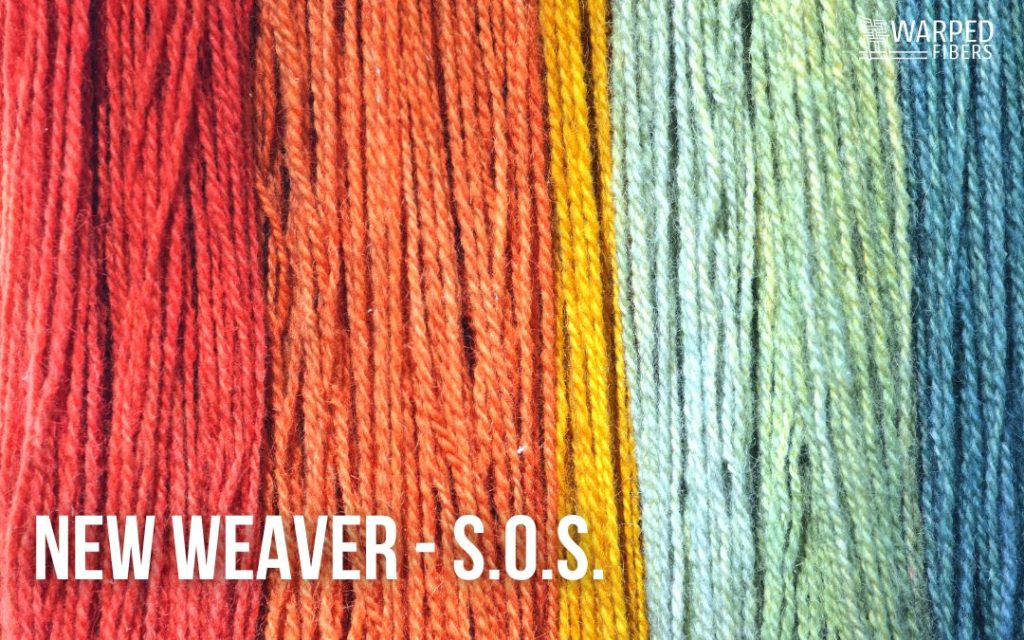

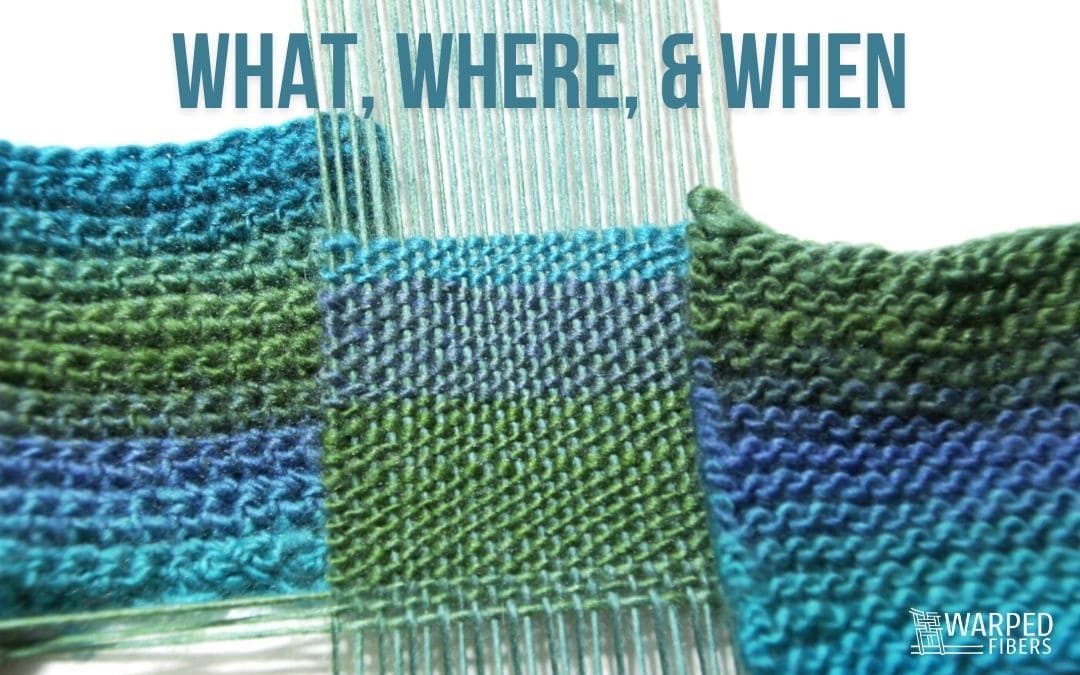

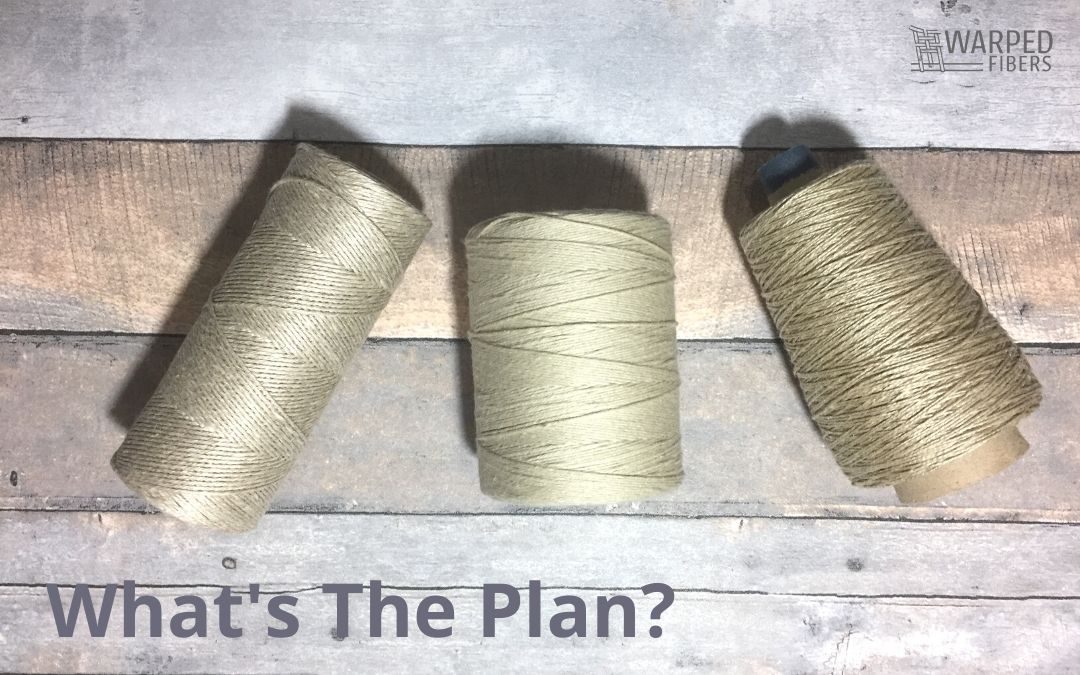

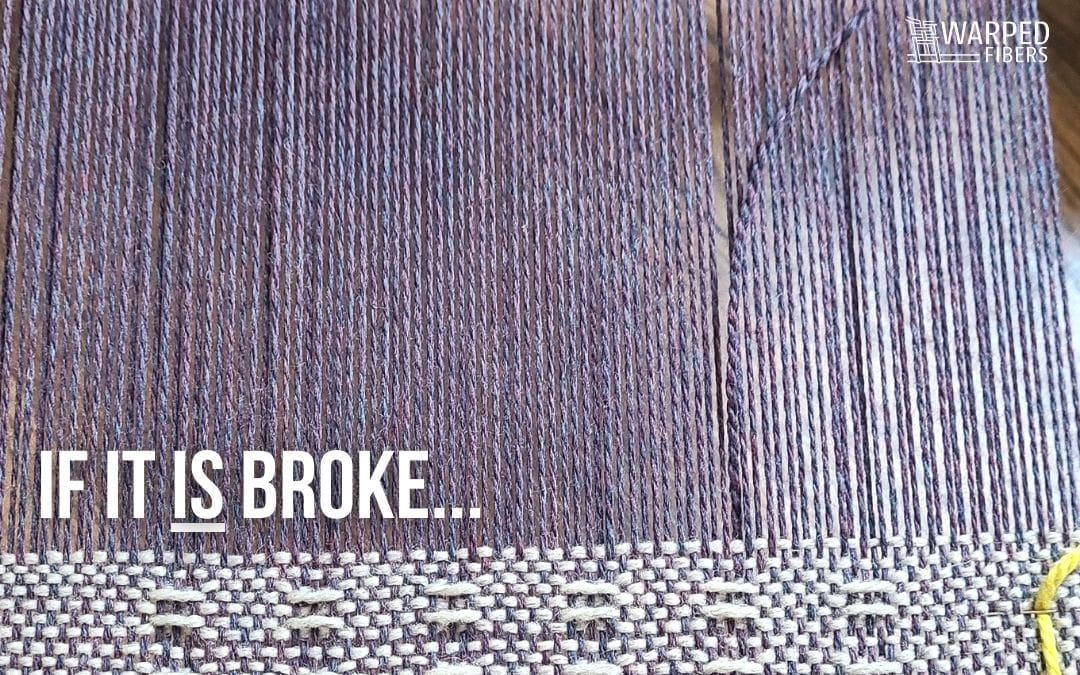

Fantastic article!
Thank you! I hope you were able to find it useful 🙂